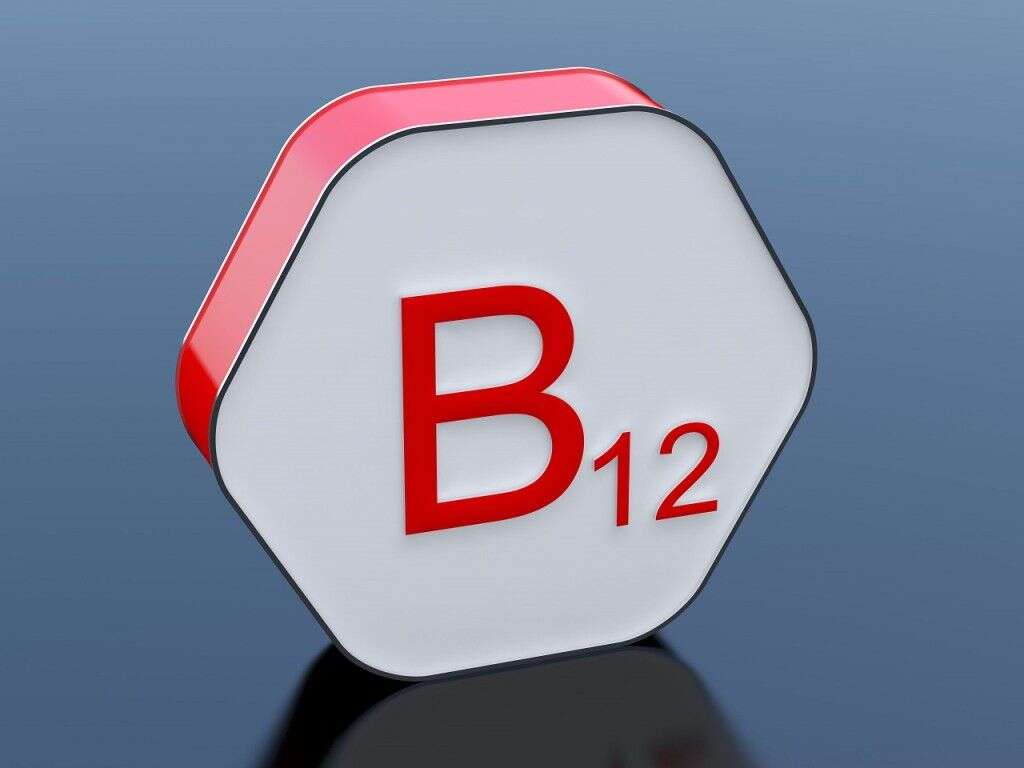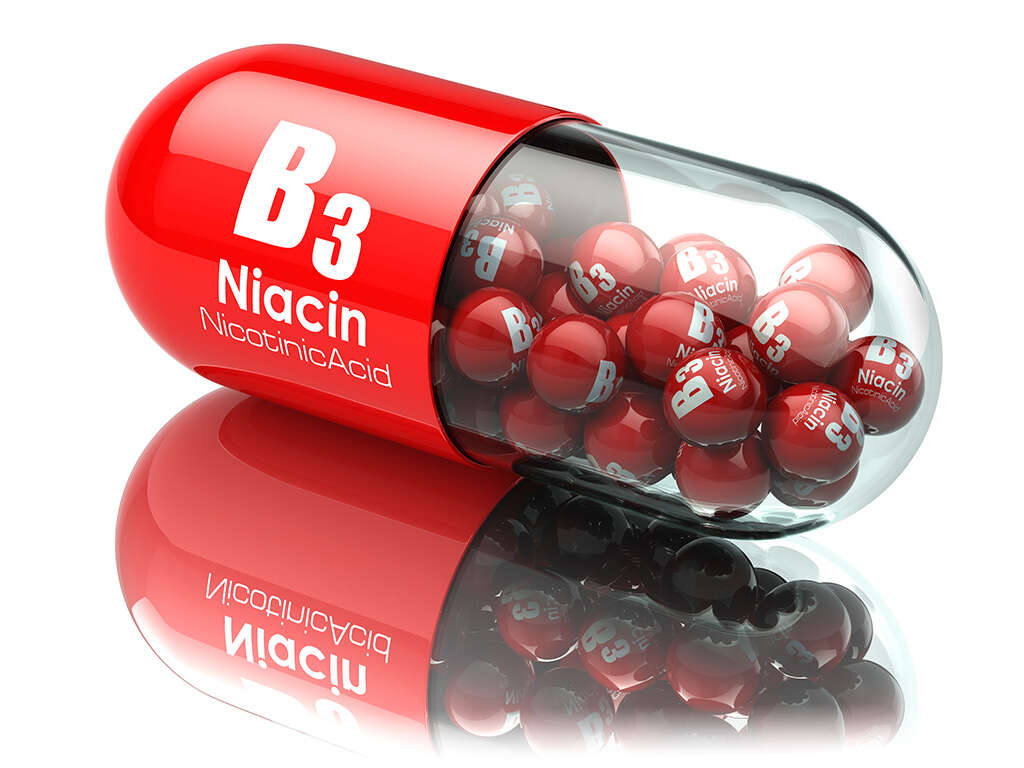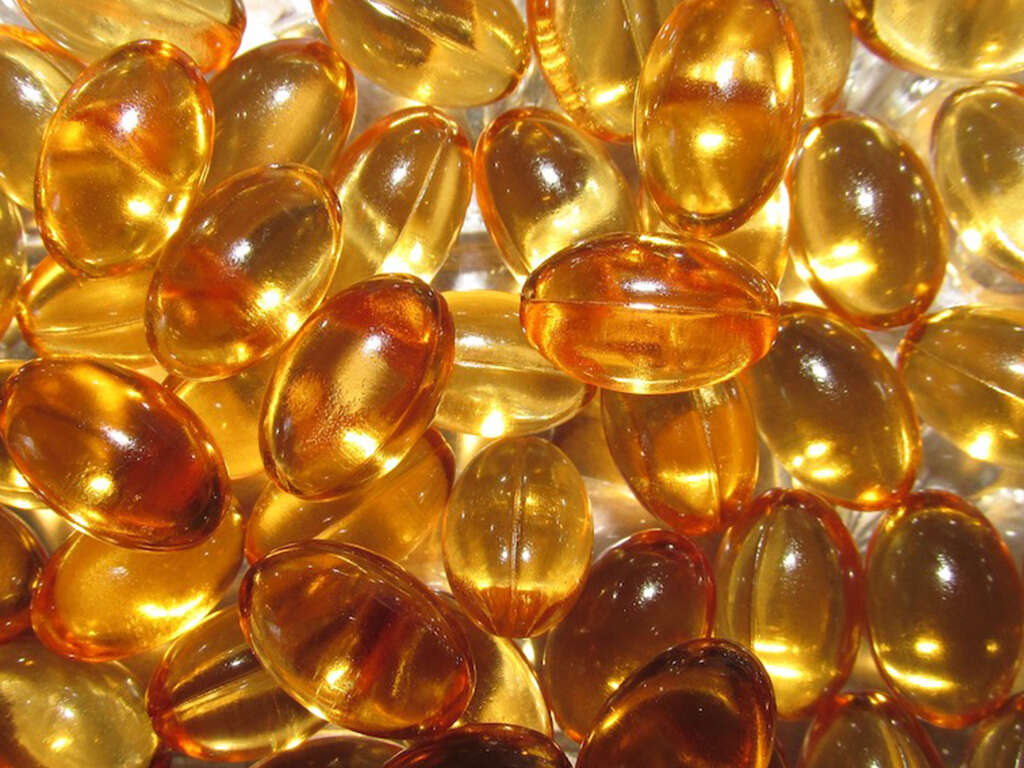Pellagra Symptoms, Causes and More
 Article Sources
Article Sources
- 1. Piqué-Duran, E, et al. 'Pellagra: a Clinical, Histopathological, and Epidemiological Study of 7 Cases.' Actas Dermo-Sifiliograficas, U.S. National Library of Medicine, 2012, www.ncbi.nlm.nih.gov/pubmed/21737056
- 2. S;, Savvidou. 'Pellagra: a Non-Eradicated Old Disease.' Clinics and Practice, U.S. National Library of Medicine, pubmed.ncbi.nlm.nih.gov/24847436/
- 3. 'Pellagra' - American Osteopathic College of Dermatology (AOCD). www.aocd.org/page/Pellagra
- 4. 'PELLAGRA' - WHO. www.who.int/nutrition/publications/en/pellagra/prevention/control.pdf
- 5. 'Home.' Home - Libraries, library.uab.edu/locations/reynolds/collections/regional-history/pellagra/history
- 6. 'Niacin – Vitamin B3.' The Nutrition Source, 6 July 2020, www.hsph.harvard.edu/nutritionsource/niacin-vitamin-b3/
- 7. Prabhu, Dhanashree, et al. 'Pellagra a Review Exploring Causes and Mechanisms, Including Isoniazid‐Induced Pellagra.' Wiley Online Library, John Wiley & Sons, Ltd, 2 Feb. 2021, onlinelibrary.wiley.com/doi/10.1111/phpp.12659
Skin Rash
Dermatological symptoms start as a symmetrical skin rash accompanied by burning or itching. The rash resembles sunburn and usually develops on areas exposed to heat, sunlight or friction. There is a clear line between affected and unaffected skin, and the rash soon fades to a dark, reddish-brown color.1Piqué-Duran, E, et al. ‘Pellagra: a Clinical, Histopathological, and Epidemiological Study of 7 Cases.’ Actas Dermo-Sifiliograficas, U.S. National Library of Medicine, 2012, www.ncbi.nlm.nih.gov/pubmed/21737056
Skin lesions become hard, thick and cracked. Some lesions bleed and develop black crusts. Blisters form and the top layer of skin can slough away and leave exposed areas vulnerable to infection.5‘Home.’ Home - Libraries, library.uab.edu/locations/reynolds/collections/regional-history/pellagra/history
Advertisement











